Reyhan Aydogan
A near Pareto optimal approach to student-supervisor allocation with two sided preferences and workload balance
Dec 16, 2018



Abstract:The problem of allocating students to supervisors for the development of a personal project or a dissertation is a crucial activity in the higher education environment, as it enables students to get feedback on their work from an expert and improve their personal, academic, and professional abilities. In this article, we propose a multi-objective and near Pareto optimal genetic algorithm for the allocation of students to supervisors. The allocation takes into consideration the students and supervisors' preferences on research/project topics, the lower and upper supervision quotas of supervisors, as well as the workload balance amongst supervisors. We introduce novel mutation and crossover operators for the student-supervisor allocation problem. The experiments carried out show that the components of the genetic algorithm are more apt for the problem than classic components, and that the genetic algorithm is capable of producing allocations that are near Pareto optimal in a reasonable time.
Can we reach Pareto optimal outcomes using bottom-up approaches?
Jul 03, 2016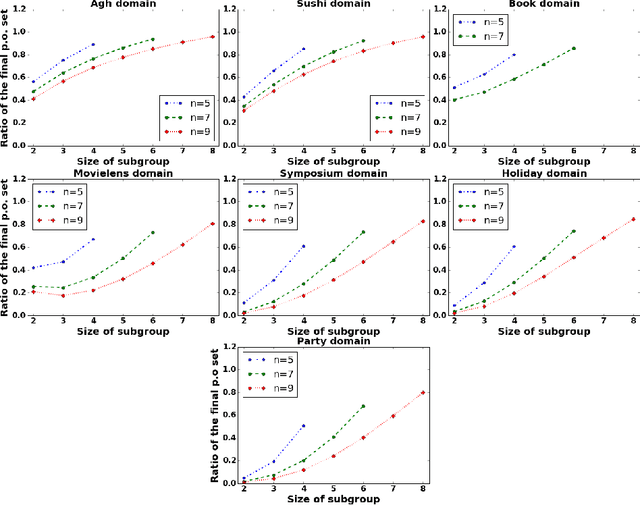

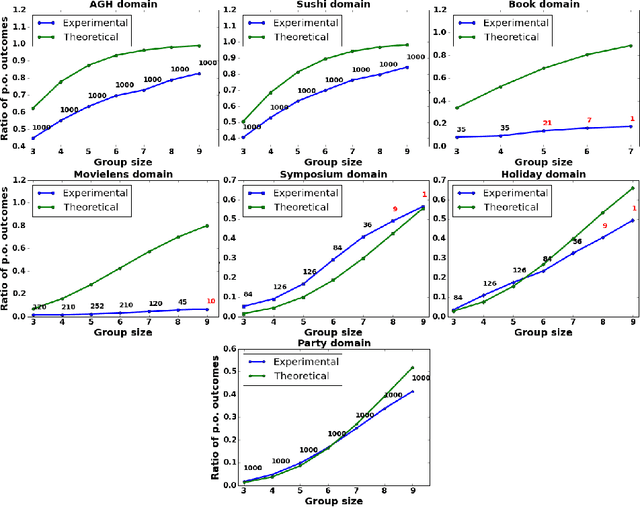
Abstract:Traditionally, researchers in decision making have focused on attempting to reach Pareto Optimality using horizontal approaches, where optimality is calculated taking into account every participant at the same time. Sometimes, this may prove to be a difficult task (e.g., conflict, mistrust, no information sharing, etc.). In this paper, we explore the possibility of achieving Pareto Optimal outcomes in a group by using a bottom-up approach: discovering Pareto optimal outcomes by interacting in subgroups. We analytically show that Pareto optimal outcomes in a subgroup are also Pareto optimal in a supergroup of those agents in the case of strict, transitive, and complete preferences. Then, we empirically analyze the prospective usability and practicality of bottom-up approaches in a variety of decision making domains.
Intra-Team Strategies for Teams Negotiating Against Competitor, Matchers, and Conceders
Apr 16, 2016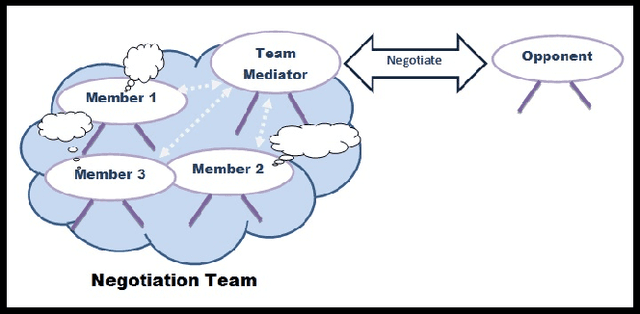

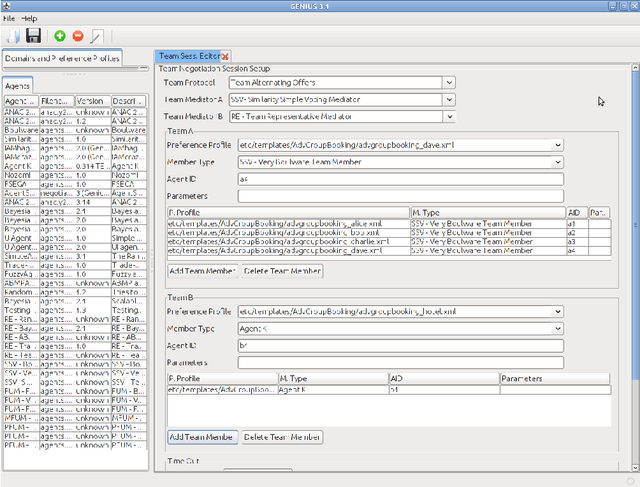

Abstract:Under some circumstances, a group of individuals may need to negotiate together as a negotiation team against another party. Unlike bilateral negotiation between two individuals, this type of negotiations entails to adopt an intra-team strategy for negotiation teams in order to make team decisions and accordingly negotiate with the opponent. It is crucial to be able to negotiate successfully with heterogeneous opponents since opponents' negotiation strategy and behavior may vary in an open environment. While one opponent might collaborate and concede over time, another may not be inclined to concede. This paper analyzes the performance of recently proposed intra-team strategies for negotiation teams against different categories of opponents: competitors, matchers, and conceders. Furthermore, it provides an extension of the negotiation tool Genius for negotiation teams in bilateral settings. Consequently, this work facilitates research in negotiation teams.
Unanimously acceptable agreements for negotiation teams in unpredictable domains
Apr 16, 2016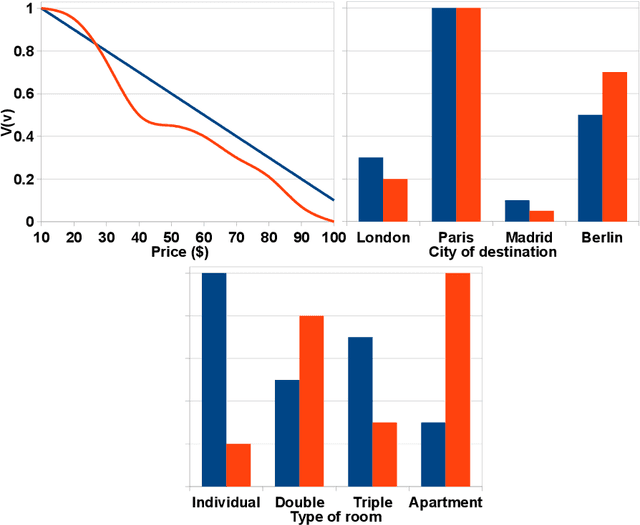

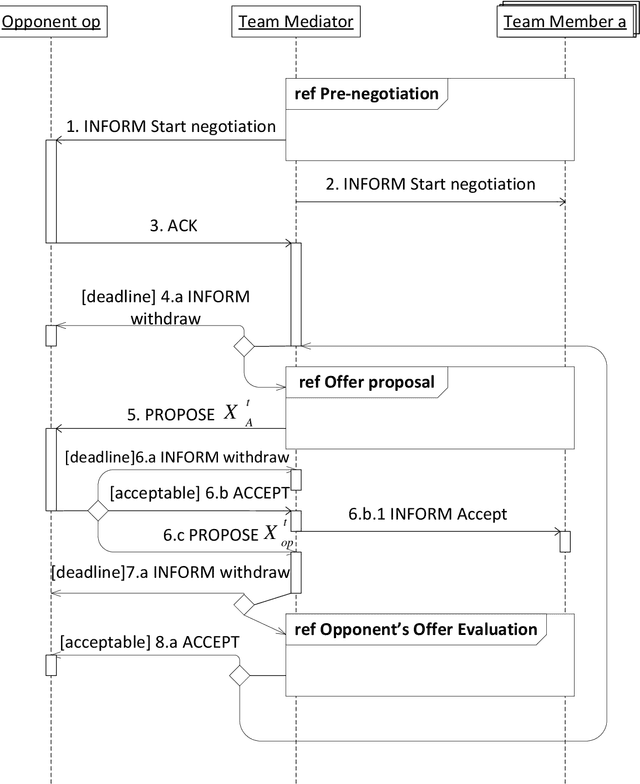

Abstract:A negotiation team is a set of agents with common and possibly also conflicting preferences that forms one of the parties of a negotiation. A negotiation team is involved in two decision making processes simultaneously, a negotiation with the opponents, and an intra-team process to decide on the moves to make in the negotiation. This article focuses on negotiation team decision making for circumstances that require unanimity of team decisions. Existing agent-based approaches only guarantee unanimity in teams negotiating in domains exclusively composed of predictable and compatible issues. This article presents a model for negotiation teams that guarantees unanimous team decisions in domains consisting of predictable and compatible, and also unpredictable issues. Moreover, the article explores the influence of using opponent, and team member models in the proposing strategies that team members use. Experimental results show that the team benefits if team members employ Bayesian learning to model their teammates' preferences.
 Add to Chrome
Add to Chrome Add to Firefox
Add to Firefox Add to Edge
Add to Edge